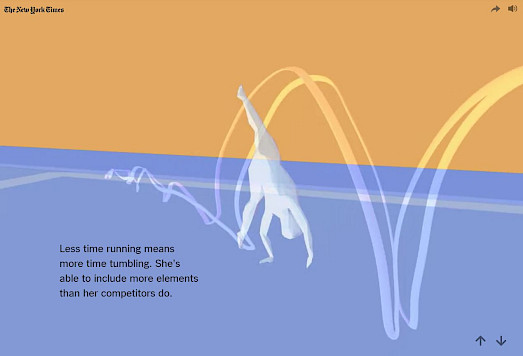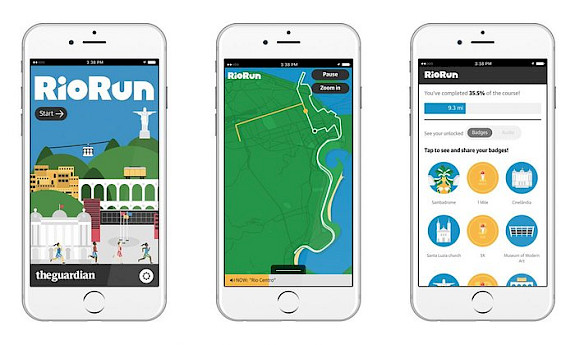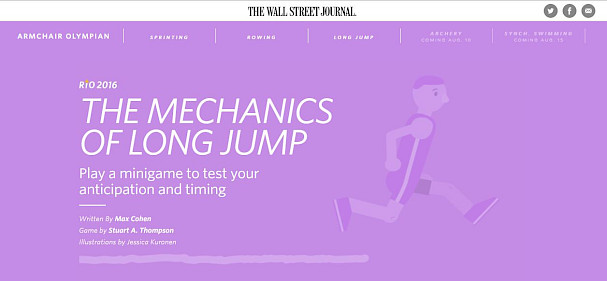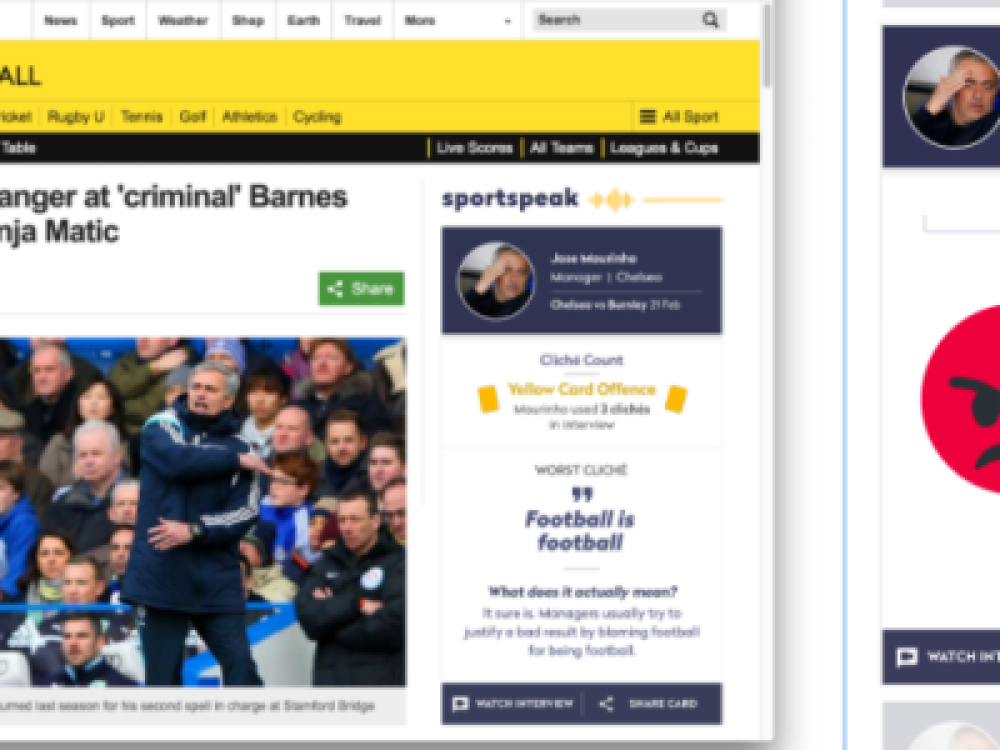The modern Olympic Games are one of the world's largest media events. Symbiotically tied to media coverage, the Games have been a flagship for sports journalism across print, radio, television and now the Internet.
Television and broadcasting rights are the dominant influence on the games. In 1936, the Berlin Olympics became the world's first live televised sporting event. However, as Fintan O'Toole recalls in The Irish Times, it would be a long time before this access reached Ireland:
I know this is utterly incomprehensible now, but in those days in Ireland you didn’t really watch the Olympics – you waited for the film to come out. The movie of the 1964 Tokyo Olympics came out, I think, sometime in the autumn of 1965.
Although television is still the key player for live coverage, legacy print media can now compete with television by offering online alternatives. The long build-up to the Games provides a perfect opportunity for newsrooms to experiment with storytelling. From interactive profiles to armchair games, below is a selection of creative digital media coverage.
Athletes' Profiles: Moving beyond the traditional profile, The New York Times created an interactive slideshow graphic combing informative text, interview quotes, and video analysis. By examining the athletes' physique and technique in detail, these profiles explain how the athletes are are able to achieve their athletic feats. Four leading athletes are profiled: gymnast Simone Biles; high-jumper Derek Drouin; swimmer Ryan Lochte; and triple jumper Christian Taylor.
https://twitter.com/nytimes/status/762389621695246336
https://twitter.com/NYTSports/status/762054183742742528
Sport Information: To put some context on sports that viewers rarely see, The Washington Post created a scrolling data graphic called Sizing Up the Olympics. Detailing all Olympic balls, equipment, courts, arenas and fields, the graphic progresses from the smallest ball (table tennis) to the largest playing field (the golf course).
Updates: The Guardian's Mobile Innovation Lab is using the Olympics to experiment with push notifications. Available on Chrome and Android, people can receive alerts about the daily leaderboard, medal results for up to three countries, a morale meter and quizzes. The Washington Post developed in-house bot called Heliograf to automatically generate updates for readers. Heliograf also provides readers with a daily schedule of events, results for medal events, top medal tallies, and alerts 15 minutes before the start of a medal event.
Interactive Tests: The Guardian's interactive podcast RioRun takes people on a virtual audio tour of Rio following the route of the 2016 Olympic marathon. People can walk or run the 42.2 km from anywhere while hearing information about the games in Rio.
Less physically taxing is The Wall Street Journal's Armchair Olympian. The game invites people to test their "core Olympic skills" in sprinting, rowing and long jump by responding to visual cues
Cover Image: The New York Times, The Fine Line
Subscribe to FuJo's Newsletter









